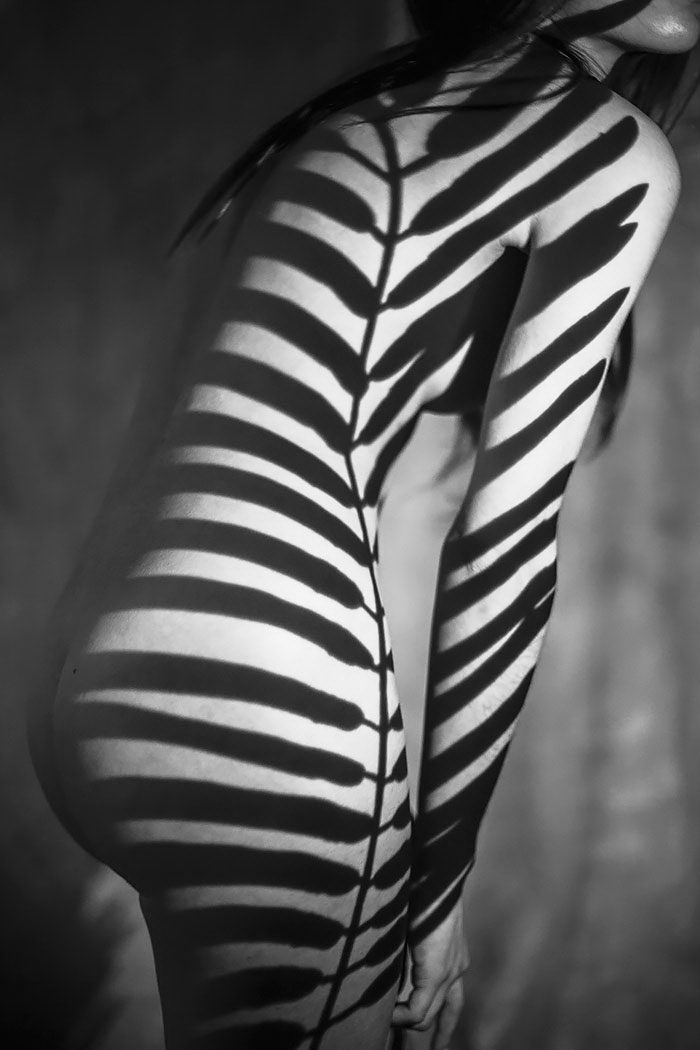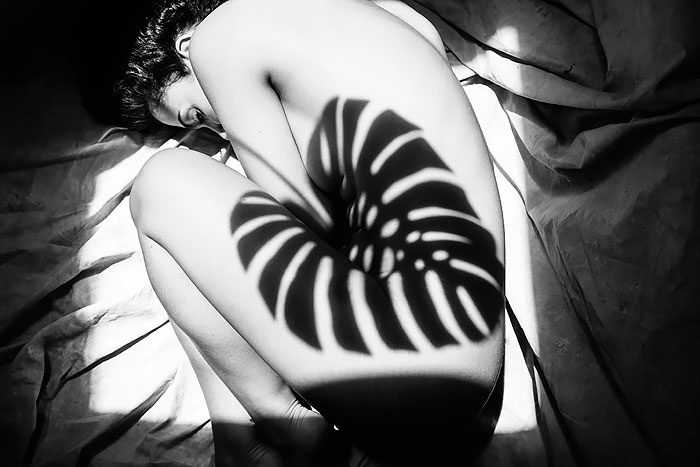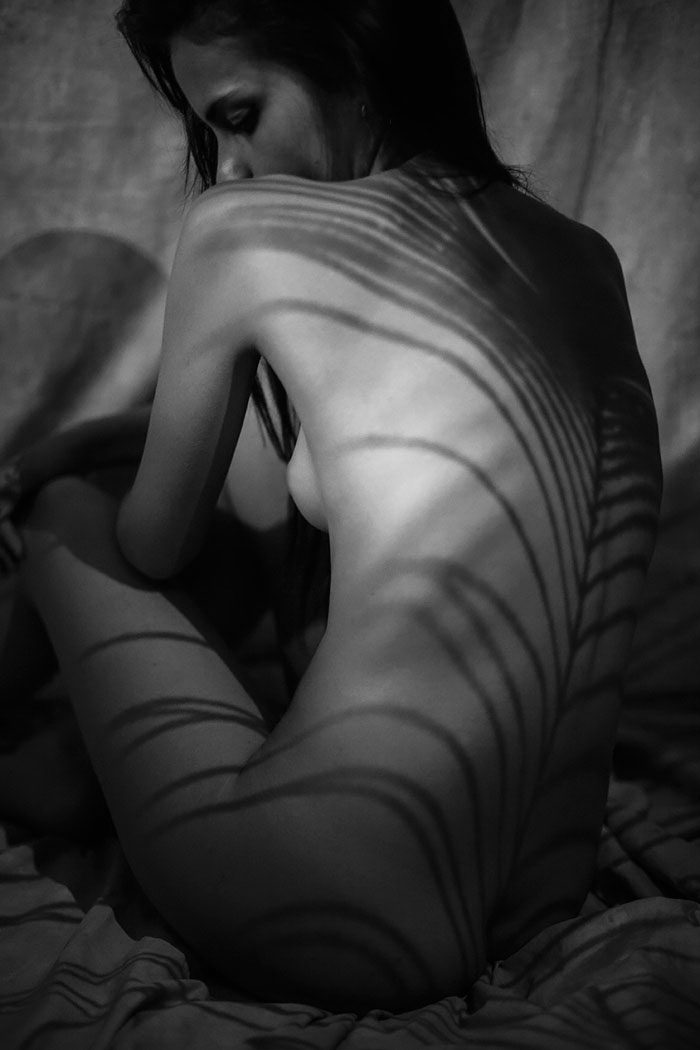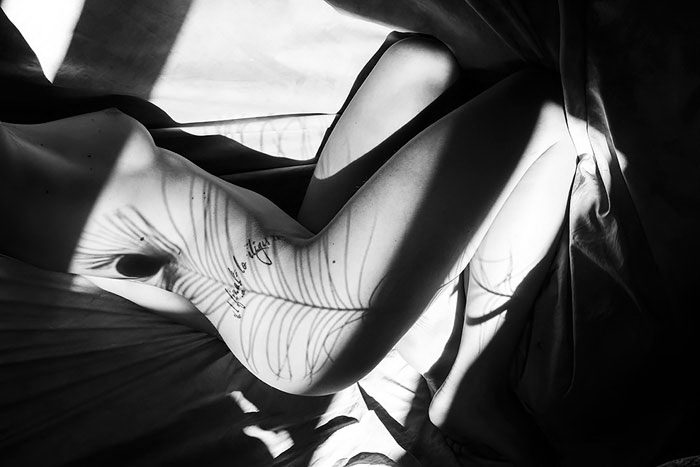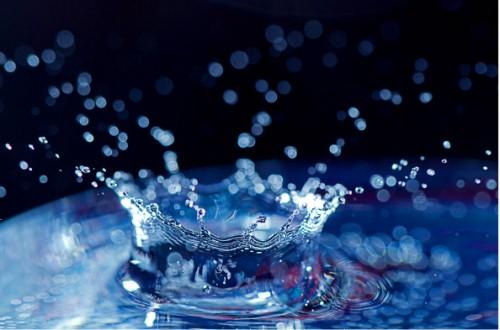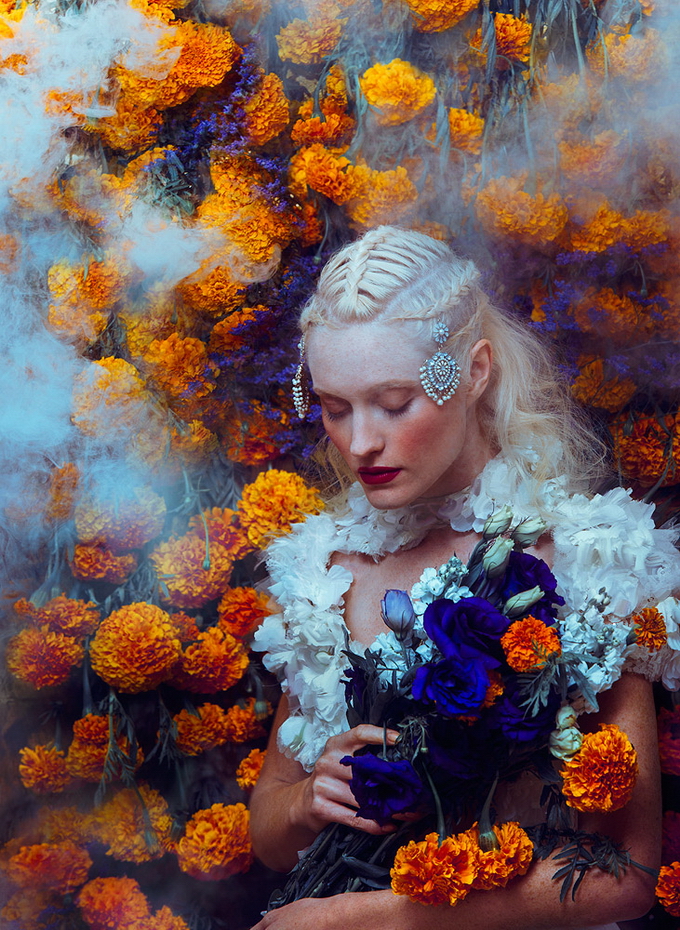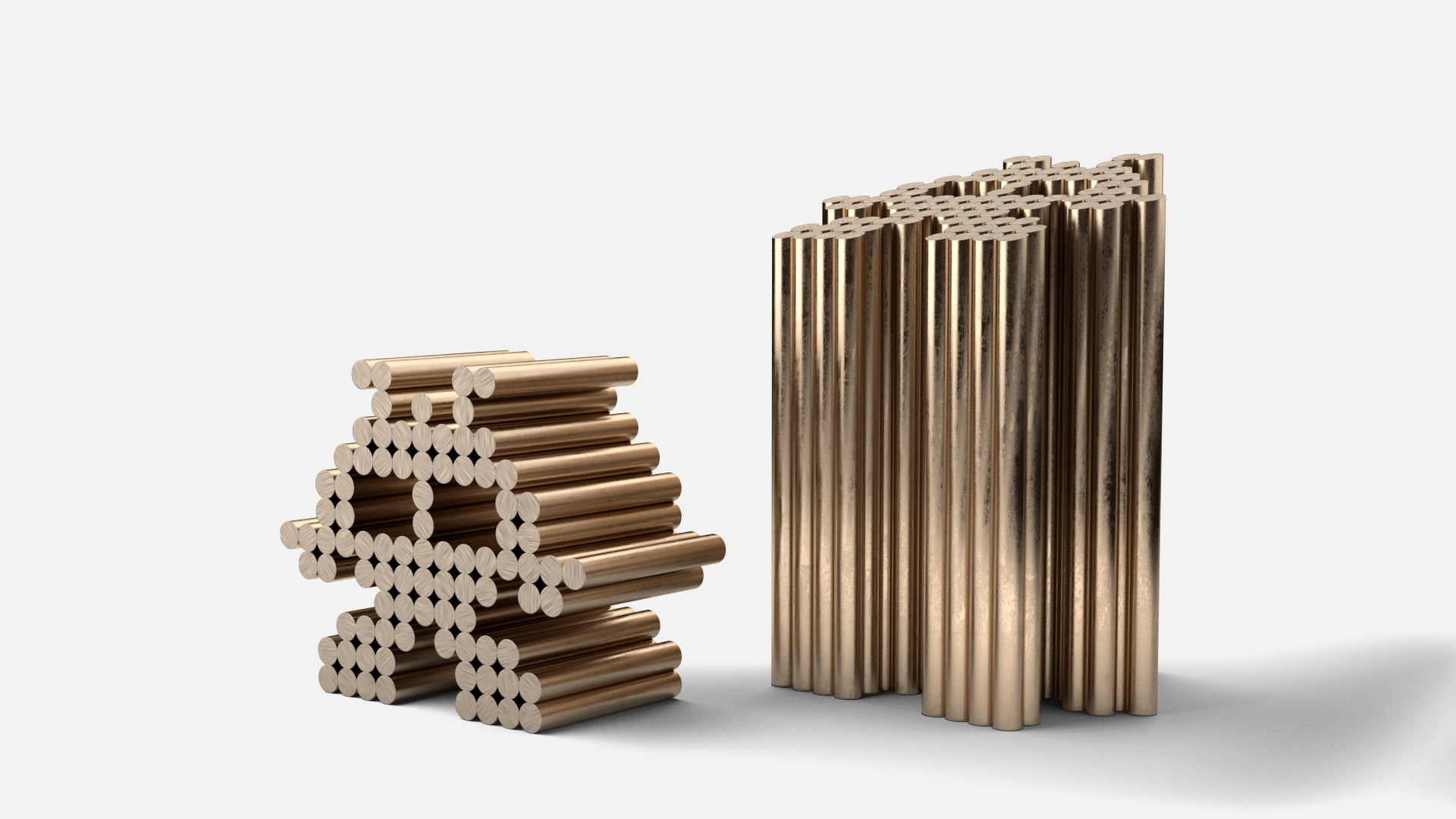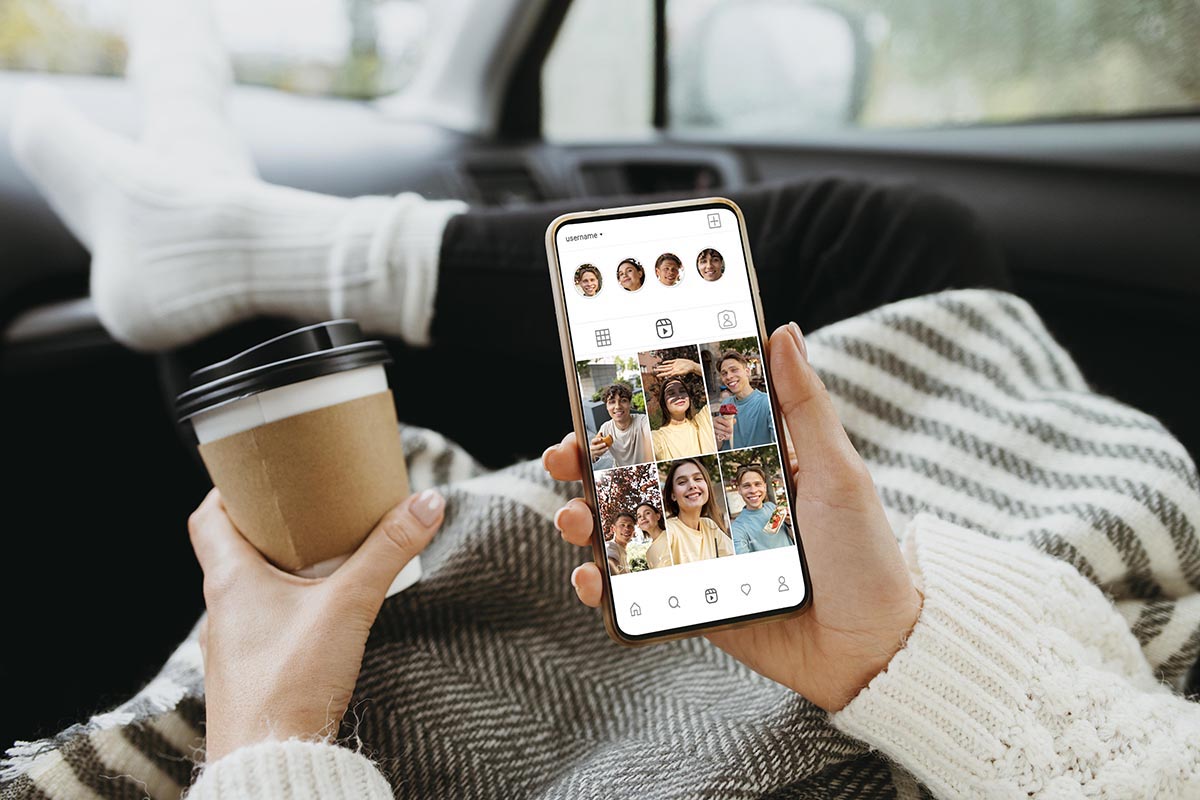Jewels of Light: Mastering Shadow Photography with Emilio Jiménez
Key Points
- Harness Natural Light & Everyday Objects: Use window light and simple stencils—like lace, foliage, or household items—to cast intricate “jewelry” patterns on your subject.
- Focus on In-Camera Magic: Prioritize perfect angles and exposure during the shoot; minimal post-editing preserves the organic warmth and authenticity of each fleeting shadow.
- Embrace Creative Experimentation: Shadow photography thrives on spontaneity—shift your stencils, adjust your model’s pose, and capture the unique interplay between light, form, and time.
I still remember the first time I stumbled across Emilio Jiménez’s work online.
It was late one evening, and I was sipping tea in my living room when an image popped up: a model posed in a sunlit courtyard, her skin dappled with an intricate lace-like pattern.
At first, I thought she was wearing ornate jewelry—until I realized those “gems” were nothing more than sunlight filtering through a window grate. I was hooked.
That moment sums up why Emilio Jiménez, a Madrid-based photographer, has become a rising star in the world of fashion and fine art photography.
He doesn’t rely on expensive props or post-production trickery.
Instead, he harnesses the simplest elements—natural light and everyday objects—to “dress” his subjects in one-of-a-kind, ephemeral jewelry made entirely of light and shadow.
In this article, we’ll dive into:
Emilio’s background and how he discovered shadow photography;
The creative process behind his iconic images;
Practical tips for crafting your own light-and-shadow portraits;
Why shadow photography matters in today’s creative landscape.
From Sculpture to Shadows: Emilio’s Journey
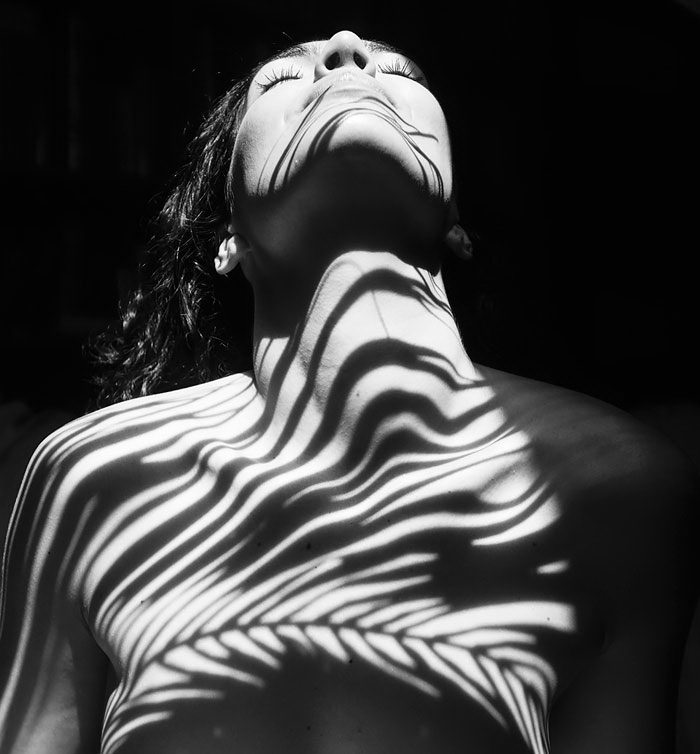
Emilio Jiménez didn’t start out photographing models.
In fact, he studied fine arts in Madrid, focusing on sculpture and installation.
He loved the interplay of form, texture, and space—and he brought that sculptor’s eye to the camera lens.
One afternoon, while working on a clay piece in his studio, Emilio noticed how sunlight poured through a half-open window, casting geometric lines across his workbench. He paused. Why not use that natural light as a medium in itself?
“I realized that shadows were more than the absence of light,” Emilio explains. “They have their own shape, their own beauty. I wanted to see how they could adorn the human form.”
That revelation led him to experiment with everything from kitchen utensils and lace fabrics to plant leaves and window blinds.
In each case, the shadows fell like embroidery on his models’ skin—creating silhouettes that felt both timeless and utterly modern.
The Creative Process: Turning Light into Jewelry
DIY Shadow Portraits: Tips for Your Own Experiments
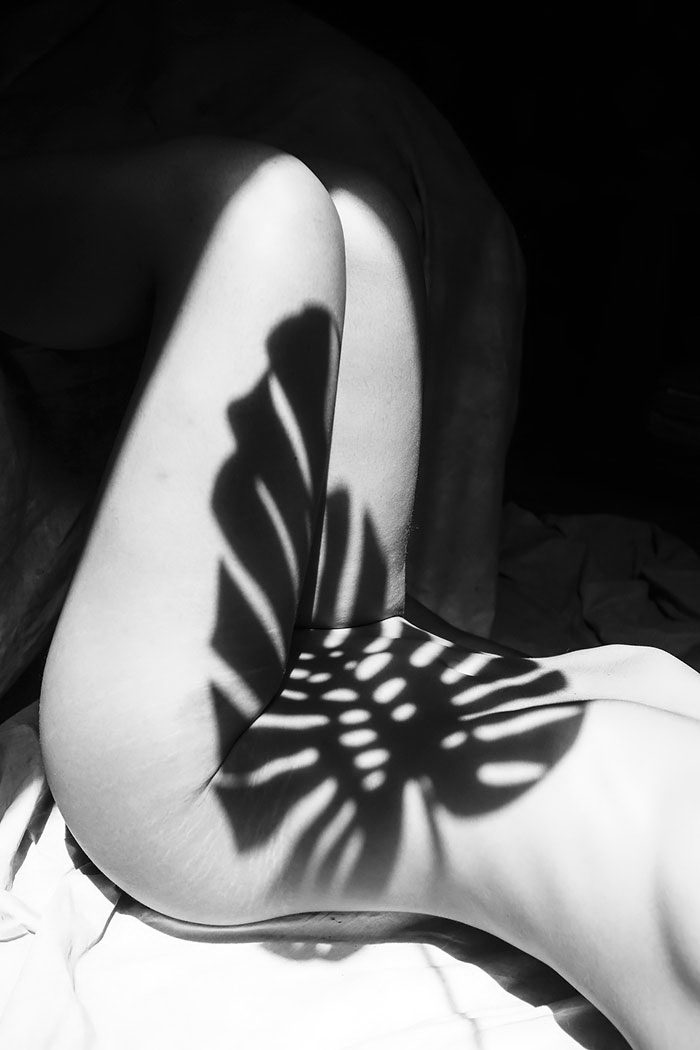
You don’t need a Madrid loft or professional models to try shadow photography. Here’s how you can create your own light-jewelry portraits at home:
Find a bright window: Morning light through sheer curtains makes a great starting point.
Collect stencils: Think outside the box—kitchen colanders, lace scarves, even the shadows of palm leaves on a balcony.
Use a reflector: A white poster board can bounce light back in and soften unwanted dark patches.
Set a low ISO: Aim for a clean image (ISO 100–200) so your shadow lines stay crisp.
Shoot in manual mode: Lock in your exposure once you find a balance between subject and background.
Interact with your model: Encourage them to explore different expressions—serious, playful, dreamy—to see how the shadows take on new personalities.
“What I love most is that each pattern is fleeting,” you might tell your subject. “In five minutes, it’ll shift. Let’s capture that exact moment.”
Why Shadow Photography Matters Today
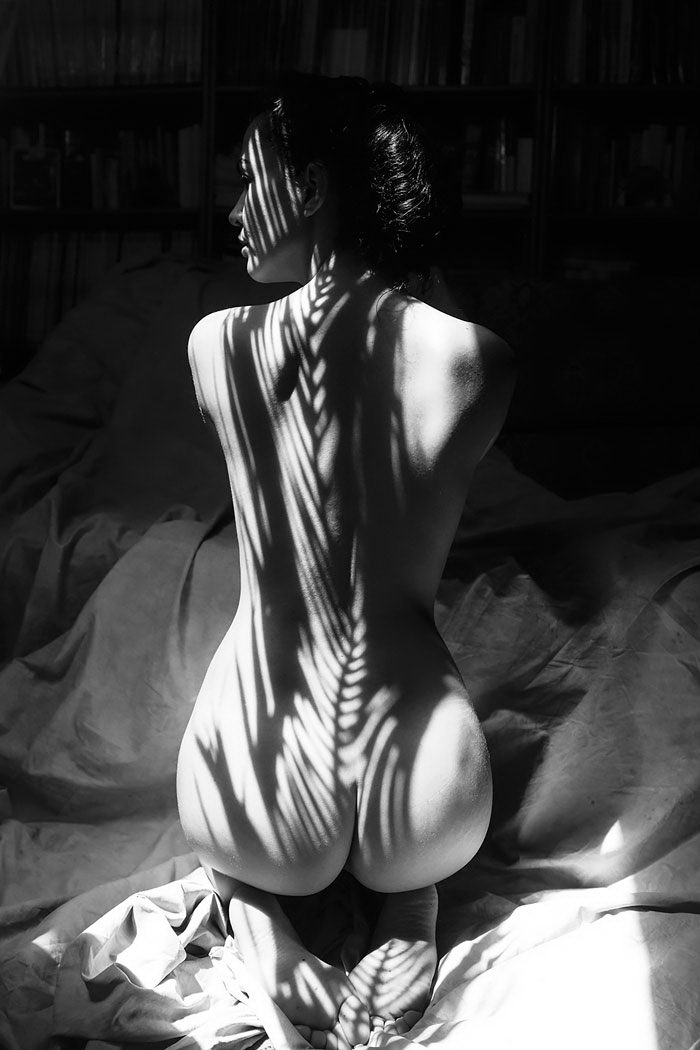
In an era of AI-generated images and hyper-polished Instagram filters, Emilio’s work feels like a breath of fresh air. It reminds us that:
Authenticity resonates: People crave art that feels handcrafted and human.
Simplicity can be striking: You don’t always need elaborate sets or thousands of dollars of equipment to make a statement.
Light is a living medium: Every day, every hour, sunlight changes. Shadow photography captures a moment in time that can never be perfectly repeated.
Shadow photography also aligns beautifully with Google’s “Helpful Content” principles, because it:
Provides unique insights into a creative process not widely covered in mainstream tutorials
Encourages hands-on experimentation, offering clear, actionable steps for readers
Showcases original visuals—your own shadow experiments—that stand out from stock photography
Engages readers with storytelling, drawing them into Emilio’s journey and inspiring their own creativity.
Beyond Portraits: Expanding the Shadow Play
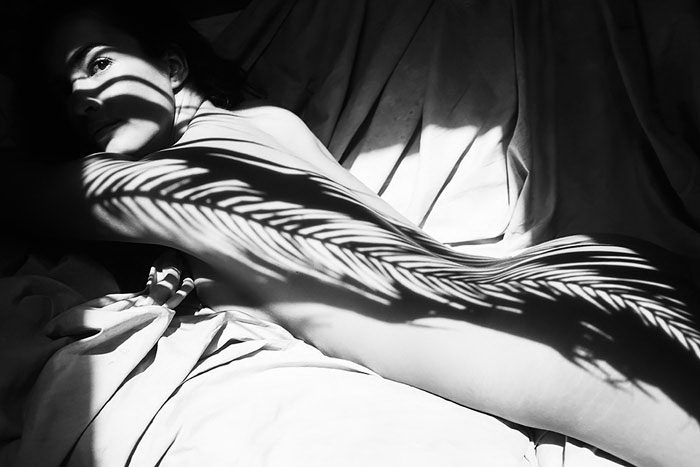
Once you master basic portraits, shadow photography can extend into other genres:
Still life: Arrange fruits or flowers and let shadows carve new shapes on your tabletop.
Architecture: Capture the dance of light through stairwell railings or patterned concrete screens.
Street photography: Use passing cars, trees, and fences to paint fleeting shadow mosaics on city sidewalks.
Fashion editorials: Combine Emilio’s techniques with bold makeup or metallic fabrics for high-contrast magazine spreads.
Each new application deepens your understanding of light as a sculptural material.
Improve Your Photography Skills with Gen Z Creativity
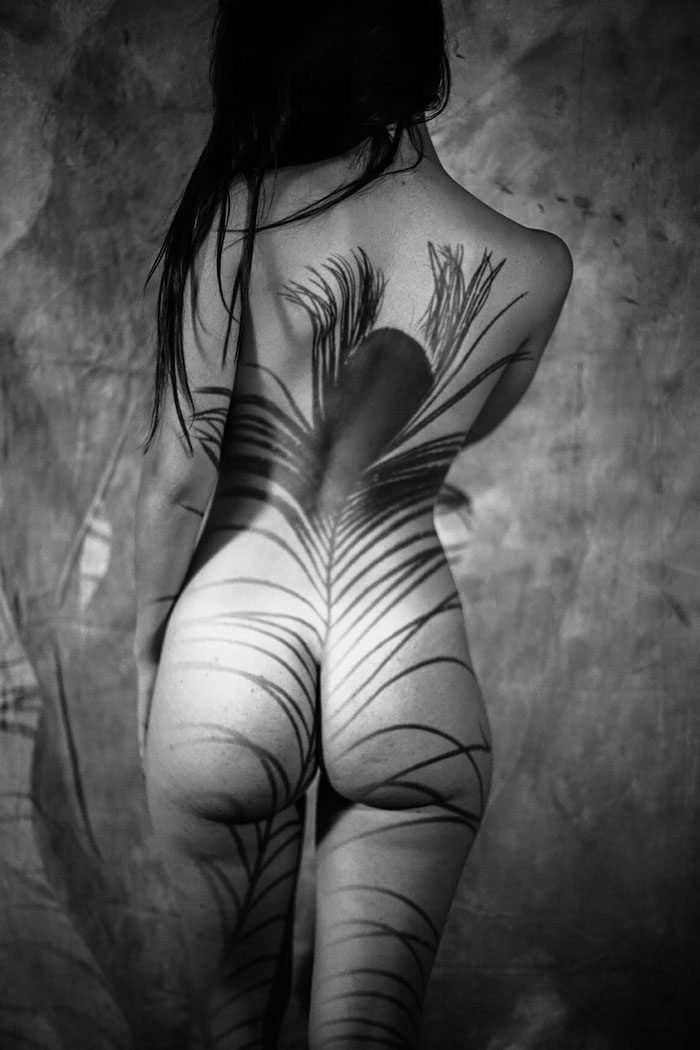
Beyond capturing the perfect light-and-shadow motif, it’s crucial to level up with tips to improve photography skills that resonate with Gen Z’s creative pulse.
Start by sharing behind-the-scenes TikToks or Reels showing your setup—fast cuts reveal how you position stencils and adjust exposure.
Experiment with color gels, recycled cardboard cutouts, or pressed flowers to push your visual storytelling into unexpected territory.
In your blog posts, blend narrative lessons (“Here’s what went sideways when I tried that leafy stencil…”) with gallery shots, and challenge readers to remix your techniques on their feeds.
By mastering manual exposure, dialing in crisp contrast, and embracing transparent, social-first storytelling, you’ll not only hone your craft but also build a community excited for your next shadow-play experiment.
Conclusion
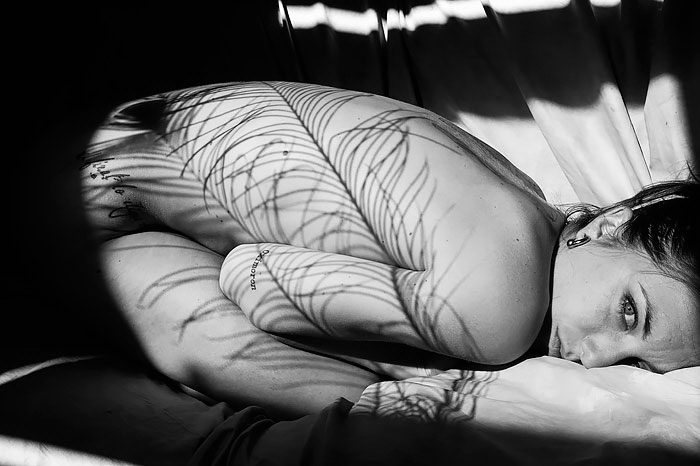
I hope this has inspired you to look at fashion photography through a fresh lens—just like Emilio Jiménez does—using light and shadow as your storytelling tools.
Keep experimenting with stencils and manual exposure to spark new ideas, then fold those insights into your marketing strategy or blog posts: share behind-the-scenes Reels, weave narratives about your creative process, and invite your audience to try their own shadow shoots.
By blending bold visual experiments with authentic storytelling, you’ll not only sharpen your craft but also create content that truly resonates.
Grab your camera, grab your stencil, and let every shot become a chapter in your next campaign.
